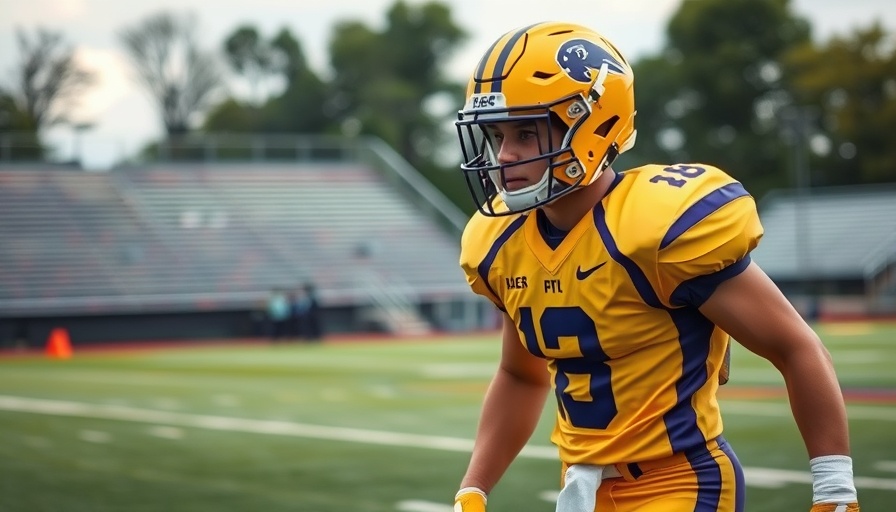
Building Bridges: How High School Programs Shape College Football Talent
In the world of college football, recruiting is almost as pivotal as the game itself. Coaches comb through high school rosters, searching for the next wave of elite athletes. A particularly fruitful method of recruitment is establishing partnerships—alliance with high school programs known for consistently producing standout players. The Southeastern Conference (SEC) is no exception, leveraging these pipelines to ensure a steady influx of talent every season.
The Edna Karr Cougars: A Louisiana Powerhouse
One premier example of a high school football factory is Edna Karr High School in New Orleans, Louisiana. Known for its deep roster and potent football program, Karr continually develops athletes who not only compete at the state level but also secure places in major college programs. Baton Rouge's Louisiana State University (LSU) has particularly benefited from Karr's talent pool, with notable alumni including Andre Anthony and Racey McMath. Beyond alumni, current prospects such as five-star defensive lineman Richard Anderson further exemplify Karr’s producing power. As SEC strategies hinge on getting a share of top local talent, Karr’s commitment to excellence makes it an ideal recruitment target for LSU.
Westlake High: The Texas Talent Machine
In Austin, Texas, Westlake High School stands out as another remarkable talent-producing institution. The school's reputation for developing athletes is well-earned, particularly in their contributions to the University of Texas Longhorns. The Longhorns have seen significant success with players hailing from Westlake, which underscores the crucial ties formed between high schools and college programs. By fostering relationships with these developmental programs, schools like Texas strengthen their roster capabilities.
Why High School Relationships Matter
The strategic advantages of establishing these relationships cannot be overstated. Not only does it give recruiting programs direct access to top-tier talent, but it also helps build a reputation within the local community. This aspect can create a feedback loop, where high school athletes aspire to join a college program that invests in their development, thus ensuring a legacy of talent migration.
Future Trends: How Recruiting Will Evolve
Looking forward, it is clear that the landscape of college football recruiting will continue to change. With the emergence of new technologies—such as virtual training sessions and online showcases—coaches can scout potential talent from different geographies. However, strong, pre-established relationships with high school programs will remain vital. As the NCAA pushes toward a more equitable recruiting landscape, programs that can effectively tap into these youth halls of fame will stand out.
A Counter Perspective: The Risks of Over-Dependence
While the benefits of these pipelines are evident, there is an inherent risk that comes with reliance on specific high school programs. If a deeply integrated pipeline falls short in talent for any reason—from coaching changes to a drop in program performance—college teams could find themselves scrambling. Diversifying recruitment strategies will be essential for robustness in the face of any one school's decline.
The Role of Community in Sports Development
Ultimately, the bond between high schools and collegiate programs isn't just about football; it's about community engagement and investment in youth development. Successful partnerships offer resources such as training facilities and mentorship programs that foster not just athletes but well-rounded individuals. By cultivating these essential relationships, the future of college football can remain strong, rooted in community.
These programs are more than just stepping stones; they are vital community institutions shaping the next generation of athletes. As such, the focus on nurturing these connections can further enhance the success of potential recruits migrating to collegiate levels.
Understanding and adapting to these insights about recruitment and talent development can provide fans and followers of college football with a richer perspective of what's truly behind the scenes of their favorite sports. The intricate web of high school football factories will undoubtedly remain a pivotal point in determining the powerhouse programs in the years to come.
 Add Element
Add Element  Add Row
Add Row 



 Add Row
Add Row  Add
Add 


Write A Comment